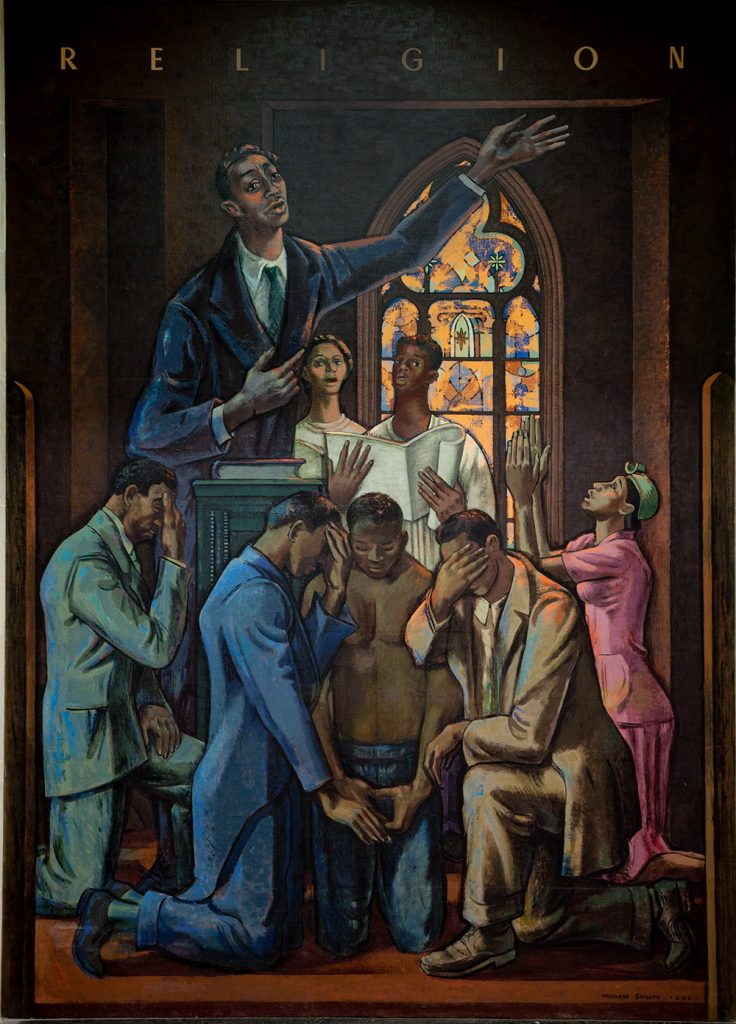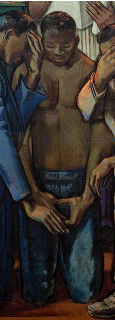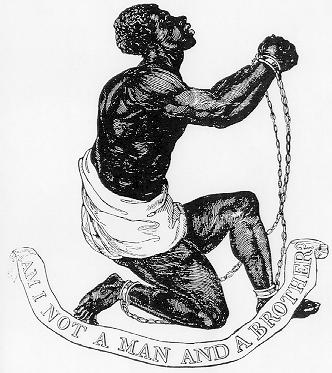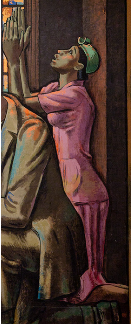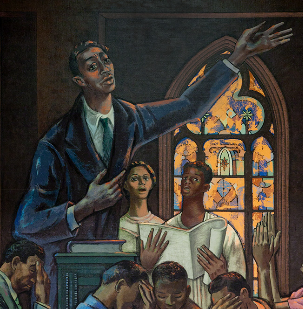Religion
Millard Owen Sheets
1943
Churches like Ebenezer Baptist played a central role in the black community during the period between the end of the Civil War and the Civil Rights Movement, as seen in this image from artist Millard Owen Sheets’ series of murals on The Negro’s Contribution in the Social and Cultural Development of America at the Main Interior Building in Washington, D.C. A nationally known artist, Sheets was commissioned to complete the murals [near the end of the Great Depression as part of a WPA endeavour].
